- Did you know that over 80% of motorcycle accidents could be avoided with better riding techniques for motorcycles? Explore expert methods and unlock a safer, more confident riding experience.
What You'll Learn from This Guide
- How to build foundational motorcycle riding skills for better control and safety.
- The importance of mastering the friction zone , executing sharp right turns , and practicing low speed maneuvers .
- Why protective gear is essential for every ride, and tips for continual improvement in your riding skills .
Essential Riding Techniques for Motorcycles: Achieving Optimal Control on the Road
- Understand the core principles of riding techniques for motorcycles and why they are critical for every rider seeking improved handling and safety.
Riding techniques for motorcycles are the cornerstone of safe and enjoyable motorcycle riding. Whether you’re new to riding or looking to sharpen your existing skills, practicing the right techniques is vital for maintaining control and confidence on every journey. From mastering the clutch’s friction zone to negotiating sharp right turns and slow speed maneuvers, the fundamentals shape how you interact with your bike and the road.
Many riders underestimate the pivotal role of foundational riding skills—such as balanced posture, throttle and brake control, and focused vision—but these are the building blocks that differentiate amateurs from experienced riders. Applying these principles doesn’t just make you a better motorcyclist; it greatly reduces risk, enhances your responsiveness, and transforms your overall riding experience. With the right approach, every ride can become a chance to hone your skills, avoid common pitfalls, and enjoy the journey with heightened awareness and safety.
Key Takeaways: Mastering Riding Techniques for Motorcycles
- Gain comprehensive insight into riding techniques for motorcycles that refine control and boost rider confidence.
- Learn how friction zone mastery, sharp right turn execution, and controlled speed riding contribute to safer journeys.
- Discover the importance of protective gear and injury prevention in real-world scenarios.
Building Foundational Motorcycle Riding Skills for All Riders
Understanding Motorcycle Control: Balancing, Braking, and Throttle
Achieving true mastery of riding techniques for motorcycles starts with understanding the relationship between balance, throttle, and braking—core elements that are interdependent at all speeds. First, balancing on two wheels requires you to sense and adjust your body position in response to the bike’s movement. Small changes in speed or terrain can shift your center of gravity, so it’s imperative to stay loose and responsive. Using gentle inputs on the handlebars instead of rigid movements helps maintain harmony between rider and machine.
Next, braking skills are essential—learning the delicate dance between the front brake and rear brake ensures controlled stops and smooth slow speed riding. The front brake is your primary stopping force, but at low speeds, a soft touch on the rear brake offers added stability. Never forget the importance of a well-maintained brake pad and tire pressure; these directly affect your stopping power and grip. Throttle control, meanwhile, lays the foundation for both acceleration and steady speed. Practicing in a parking lot lets you experience how feathering the throttle and brake lever helps you maintain a controlled environment for learning.

Essential Motorcycle Riding Skills: Posture & Vision
- Maintain a relaxed grip, proper foot placement, and upright body posture.
- Keep eyes scanning ahead and always 'look where you want to go.'
An often-overlooked aspect of effective motorcycle riding is the way you position your body on the bike. For optimal control, keep your upper body relaxed, elbows slightly bent, and arms loose—not stiff. Your feet should stay firmly on the foot pegs with the balls of your feet providing balance and immediate access to the brake lever and gear shifter. The correct posture lets you counteract the laws of physics that want to destabilize your ride, especially when maneuvering at low or higher speeds.
Just as critical is your vision—great riders develop the habit of keeping their eyes scanning ahead, actively looking where they want the motorcycle to go. This technique prevents target fixation, reduces the chance of missing objects in your blind spot , and enables smoother, smarter maneuvers. Always plan your actions several seconds ahead, especially when sharing the road with unpredictable car drivers or during a busy riding season.
Protective Gear: The Foundation of Safe Riding Techniques for Motorcycles
Selecting Essential Protective Gear for Every Ride
- Helmets, armored jackets, gloves, pants, and boots: Key safety considerations
- Understanding modern materials and certification standards
The best riding techniques for motorcycles are only as effective as the protective gear you wear. Essential gear includes a DOT, ECE, or Snell-certified helmet for head protection, armored jackets and pants with impact-absorbing padding, sturdy gloves, and abrasion-resistant boots. These items aren’t just for style—they are fundamental for motorcycle safety, especially if you find yourself in a slide or sudden stop.
Today’s gear is crafted with high-tech materials like Kevlar lining and advanced polymers, delivering maximum protection with minimal weight. Always check for current certification standards, as they indicate the gear’s ability to withstand impact and abrasion. Remember, on-road hazards—from inattentive car drivers to unexpected road debris—are unpredictable, so dressing for the slide, not the ride, should be your mantra.
"The best riding techniques for motorcycles mean nothing without proper protective gear—always dress for the slide, not the ride."
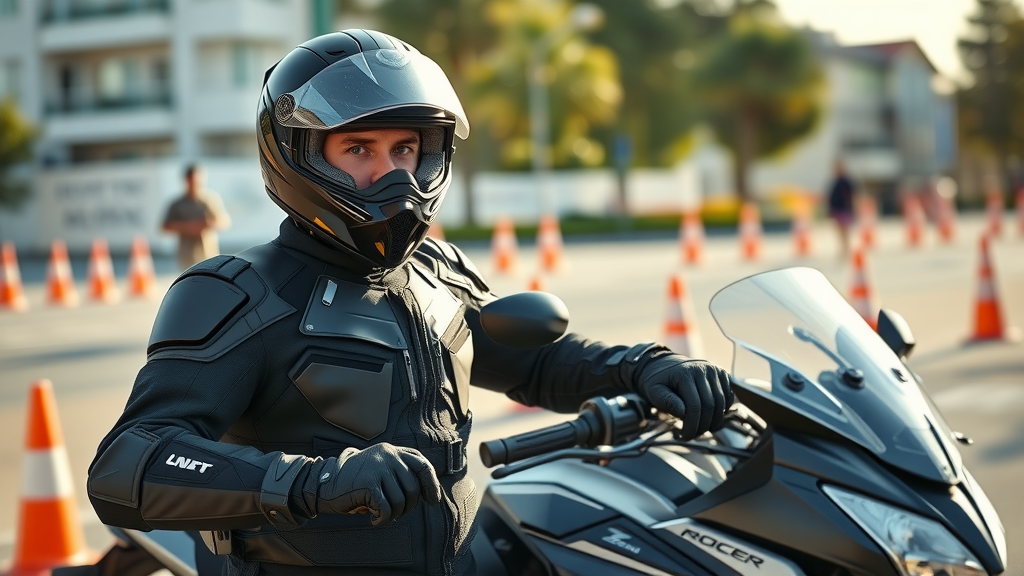
Mastering the Friction Zone: Precision in Riding Techniques for Motorcycles
What is the Friction Zone and Why Does It Matter?
- Defined: The area between fully released and fully engaged clutch
- Applications in slow speed and low speed maneuvering
One of the most critical riding techniques for motorcycles is understanding and mastering the friction zone . This is the “sweet spot” where your clutch is partially engaged—neither fully engaged nor fully disengaged—which allows your engine’s power to be transmitted smoothly to the rear wheel without stalling. Mastery of the friction zone is the foundation for low speed riding maneuvers, parking lot drills, and maintaining balance during complex turns and U-turns.
Keeping your motorcycle in the friction zone gives you precise control, letting you feather the throttle and maintain stability as you negotiate tight spaces or slow speed challenges. Practicing friction zone techniques also improves your confidence, directly impacting your ability to perform sharp right turns, navigate crowded environments, and execute emergency stops. Think of this as a fundamental skill that every motorcycle rider should aim to perfect early in their journey.
Step-by-Step: Friction Zone Practice Drills
- Slowly release the clutch until the engine begins to pull
- Gently apply throttle to find the balance
- Practice in a controlled environment (parking lot, cones)
To master the friction zone, practice these steps in a controlled environment . Start by idling in first gear, then slowly let out the clutch until you feel the bike begin to move forward without stalling—the bike is now in the friction zone. Gradually roll on the throttle to keep the engine running steady, making micro-adjustments to stay balanced. Repeat this process through exercises like “walking the bike” or riding slowly around cones so you can manage the rear brake and throttle together. This drill is especially useful for mastering parking lot maneuvers and keeping the bike under control at low speeds.
Remember, practice is key. As you refine your friction zone control, you’ll notice smoother transitions, quicker starts from a complete stop, and increased confidence tackling real-world riding scenarios. The friction zone sets the stage for advanced riding skills, acting as a gateway to more complex maneuvers and safe, responsive riding practices.
Watch: Demonstration: How to Master the Friction Zone for Smooth Motorcycle Operation
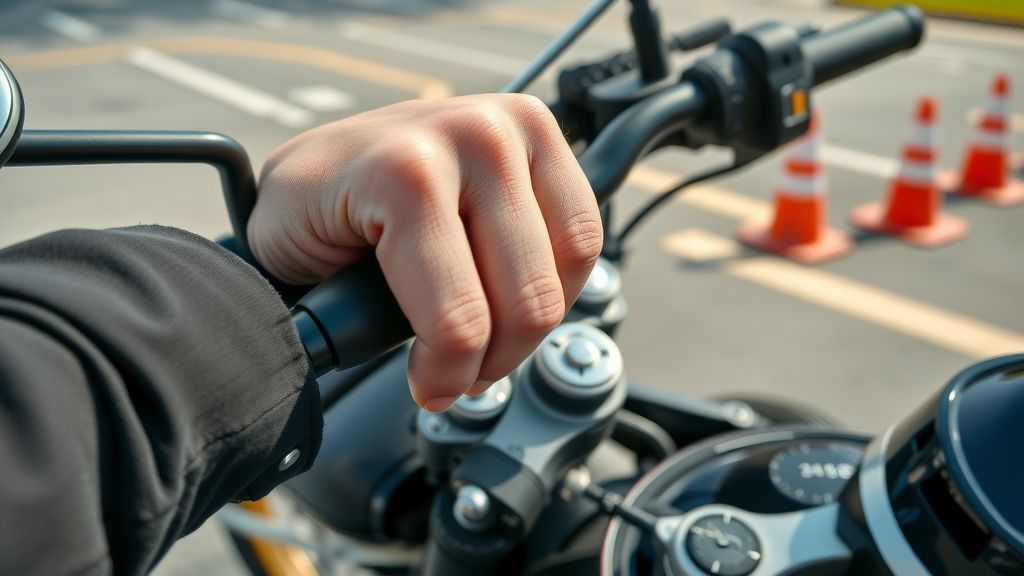
Executing Sharp Right Turns: Advanced Riding Techniques for Motorcycles
Dynamics of Sharp Right Turn and Sharp Right Turns
Sharp right turns are among the most challenging maneuvers in motorcycle riding, testing a rider’s balance, throttle control, and ability to smoothly coordinate clutch and brakes. Unlike left turns, sharp right turns often have tighter radii, limited visibility, and can be complicated by a change in road camber or surface quality. Success in this maneuver requires not only technical skill but also the ability to predict and adapt to dynamic factors like oncoming traffic or an unexpected obstacle in your riding line.
Many riders struggle with sharp right turns due to fear of leaning the bike, concern about front tire slip, or improper body positioning. Mastery here is all about controlled smoothness—using small counter-steering inputs, steady throttle, and keeping your eyes focused where you want the bike to end up. Practicing in a parking lot or on a closed track under supervision is the safest way to refine these skills before applying them in real-world traffic.
| Technique | Common Pitfalls | Expert Tips |
|---|---|---|
| Head turns: Look through the corner | Target fixation on the curb or obstacles | Always look where you want to go, not where you fear going |
| Counter-steering: Gentle push on the right handlebar | Over-correcting or tensing arms | Stay relaxed; tiny inputs make a big difference in sharp right turns |
| Smooth clutch and throttle management | Snapping clutch or erratic throttle creates instability | Maintain steady speed, use friction zone if needed |
| Use of rear brake for balance at low speeds | Forgetting rear brake or relying only on front brake | Feather the rear brake gently for added stability |
Practicing Sharp Right Turns: Step-by-Step Guidance
- Reduce speed and look through the turn
- Counter-steer slightly and maintain throttle control
- Use body lean and focus on smooth clutch engagement
Begin by entering the turn at a manageable steady speed. Shift your gaze to the exit—not the hazard—since your motorcycle goes where your eyes go. Apply a slight counter-steer by gently pushing the right handlebar to initiate the lean, keeping arms loose. As the bike starts to turn, smoothly maintain throttle and work within the friction zone to control speed. A relaxed posture and slight pressure on the rear brake will help stabilize the bike.
Always practice sharp right turns in a safe, controlled environment until muscle memory kicks in. Set up cones in a parking lot, mark a turning path, and progressively reduce the radius as your skills improve. These drills will boost your confidence and ensure you’re prepared for tight right-handers during real rides.
Video Analysis: Real-World Mistakes in Sharp Right Turns
Watch: Footage breakdown: What happens when riders execute or misjudge sharp right turns. Key errors include looking down or at obstacles, over-braking the front tire, and rushing the turn—all leading to a loss of balance or traction. By learning to spot these mistakes, you can proactively avoid them on your own rides.
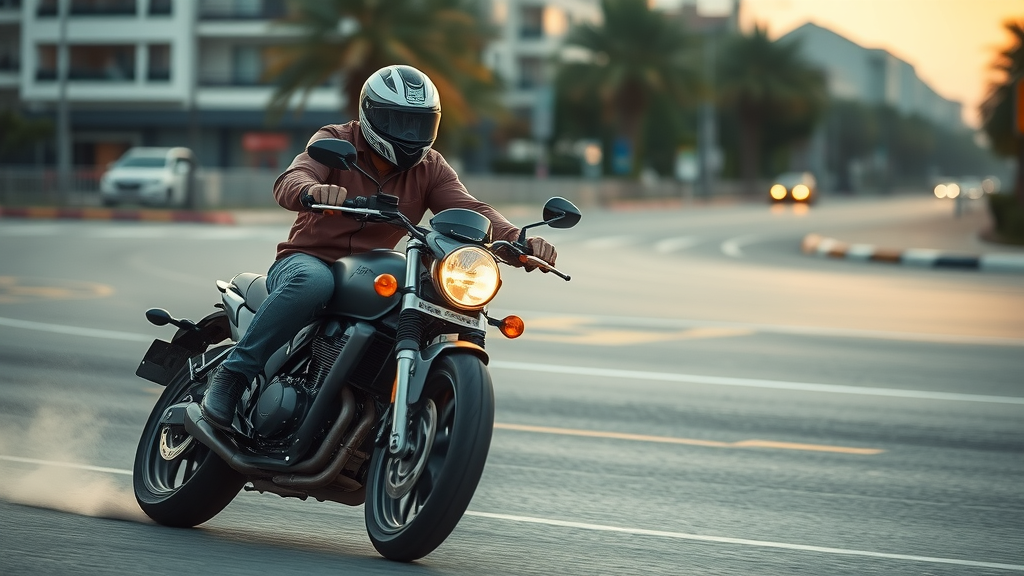
Low Speed and Slow Speed Control Riding Techniques for Motorcycles
Techniques to Master Low Speed Maneuvers
- Clutch, throttle, and rear brake coordination
- Practicing figure eights and U-turns in confined areas
Mastery of slow speed riding techniques distinguishes truly advanced motorcycle riders. At low speeds , the dynamic balance required changes—input from the clutch, throttle, and especially the rear brake becomes even more important. To maintain control, keep your bike in the friction zone while feathering the throttle and applying light pressure to the rear brake—not the front brake, which can destabilize the bike at walking pace.
Routine practice is essential. Set up cones in a quiet parking lot and challenge yourself with drills like figure eights and U-turns, keeping your body upright while the bike leans gently beneath you. These exercises not only reinforce your friction zone skills but actively sharpen your situational awareness and handling in real-world situations, such as navigating traffic jams or group ride formations.
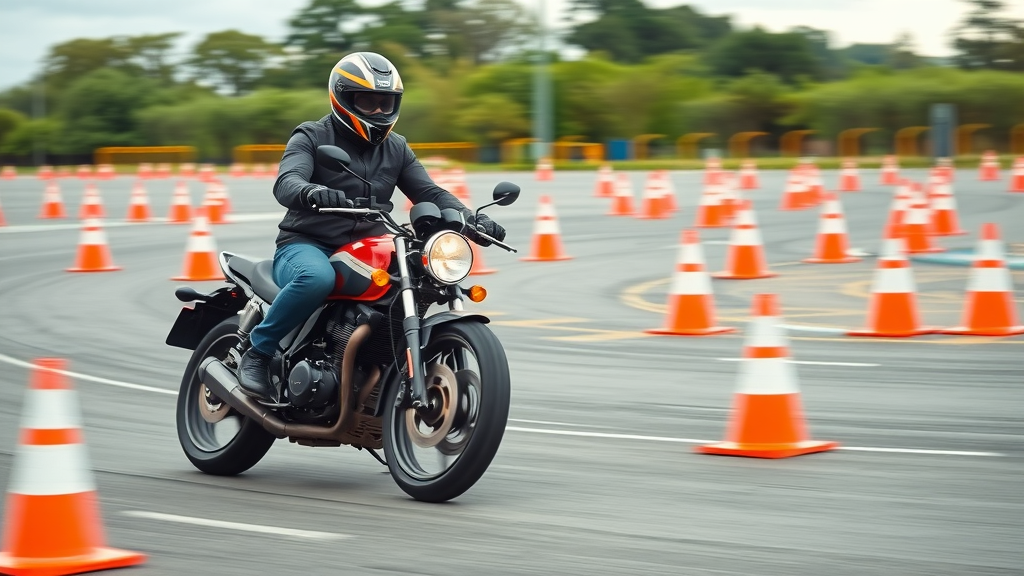
Maintaining Confidence and Balance at Slow Speed
- Head and eyes scanning for path
- Knees gripping the tank for additional stability
Confidence at low speeds comes from consistent practice and attention to detail. Keep your head up and eyes scanning ahead—this helps stabilize your balance and directs your path of travel. By keeping your knees snug against the fuel tank, you add extra stability, making it easier to maintain balance and respond to small wobbles before they turn into a loss of control.
Remember, slow speed riding isn’t about rushing; it’s about precision and patience. The more you practice, the more second-nature these techniques will become, reducing the risk of a tip-over or collision when maneuvering through crowded or tight spaces.
Speed Riding: Essential Skills for Motorcyclists
When and How to Practice Speed Riding Safely
- Best practice environments for speed riding skill development
- Mental preparedness and reaction time improvement
Developing speed riding skills is best accomplished in a closed, controlled environment such as a racetrack or motorcycle training center. Speed riding requires not only advanced technical skills but also keen mental awareness and sharp reaction times. Track days provide a safe arena to test your limits, improve throttle and brake control at higher speeds, and get used to the demands of trail braking and high-speed maneuvers.
Always approach this practice with a readiness to learn—your focus must be on incremental improvement, not showing off. Reaction time can be improved through repeated exposure and mental drills, reinforcing correct responses to sudden obstacles or changes in the riding environment. Speed riding is not about reckless acceleration; it’s about precision, responsibility, and knowing when to push and when to hold back for safety.
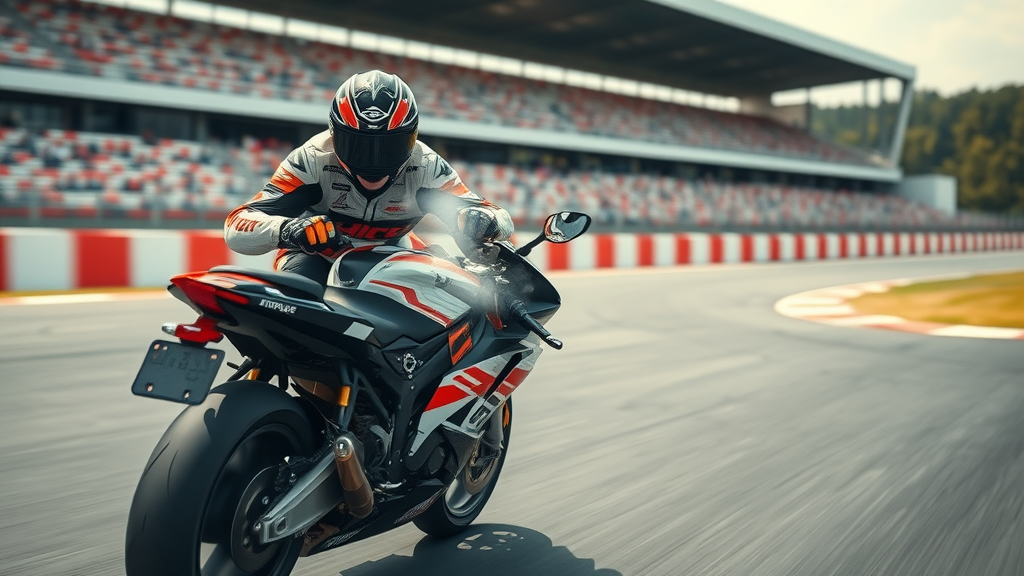
Speed Riding vs. Safe Riding: Finding the Right Balance
"Responsible speed riding begins and ends with knowing your limits and respecting the road."
Advanced riding skills are exciting and can greatly expand your riding experience, but they must always be matched with a commitment to riding safe and staying within your abilities. The best riders develop a feel for the road’s surface, their bike’s brakes and tire grip, and their personal reaction limits. Practicing in a controlled environment teaches humility and respect for the inherent risks.
Understanding the line between enthusiastic speed riding and reckless behavior is the key to long-term enjoyment and survival as a motorcyclist. Ride smart, stay safe , and always be prepared to dial back your speed if conditions aren’t ideal or if you’re not feeling 100% focused.
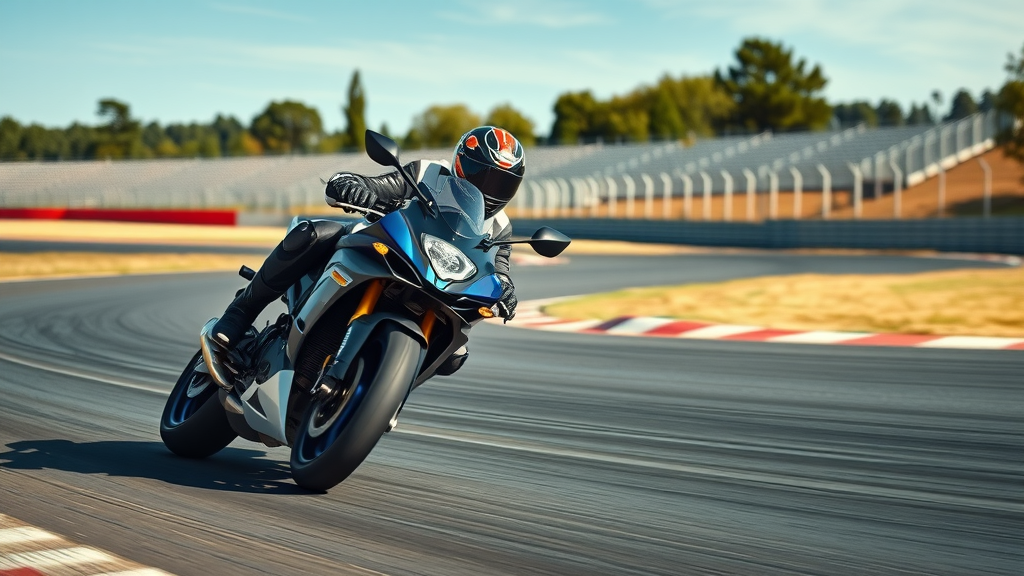
Developing Advanced Motorcycle Riding Skills for Long-Term Mastery
- Counter-steering at speed
- Trail braking techniques
- Emergency evasive maneuvers
Moving beyond the basics opens the door to advanced motorcycle riding techniques, each requiring discipline, practice, and a respect for the laws of physics . At speeds above 15 mph, counter-steering is the primary method for changing direction quickly—push left to go left, push right to go right. Trail braking, which means continuing to brake lightly while entering a turn and gradually releasing the front brake as you lean, boosts both control and stability during corner entry.
Advanced evasive maneuvers—like sudden swerves or emergency stops—are essential for dodging hazards and avoiding accidents. Practicing these moves in a safe, open area with ample runoff is crucial. Riders should also regularly inspect equipment such as brake pads and maintain correct tire pressure to ensure maximum performance when these techniques are needed most.
Watch: Demonstration: Emergency Maneuvers and Advanced Riding Skills for Motorcycles
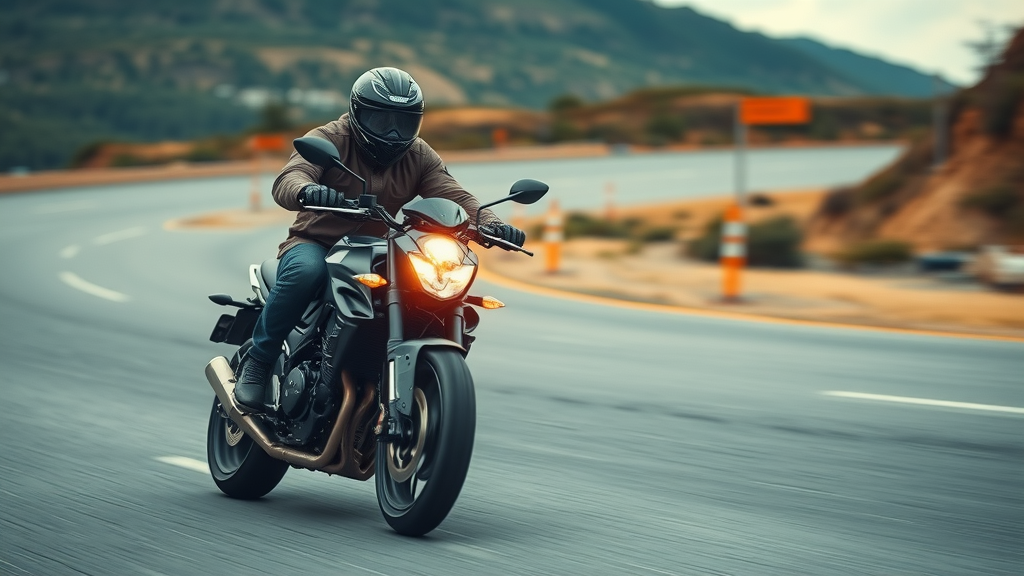
People Also Ask
What is the 12 second rule on a motorcycle?
- The 12 second rule recommends scanning the road 12 seconds ahead to anticipate hazards, maintain lane control, and plan smooth maneuvers—key to applying riding techniques for motorcycles that proactively prevent accidents.
What's the hardest trick to do on a motorcycle?
- Advanced stunts such as wheelies, stoppies, and drifting require exceptional motorcycle riding skills, precise throttle control, and deep mastery of riding techniques for motorcycles.
What's the hardest thing about riding a motorcycle?
- Many riders find maintaining balance during slow speed maneuvers and executing sharp right turns among the hardest aspects due to the need for meticulous control, timing, and constant practice of riding techniques for motorcycles.
Why do motorcycle riders put two fingers out?
- Extending two fingers (a peace sign or 'V') is a traditional motorcycle rider's wave, symbolizing camaraderie and mutual respect among those sharing the road—a gesture rooted in rider culture and etiquette.
Additional FAQs on Riding Techniques for Motorcycles
-
How do I master the friction zone more quickly?
Frequent short sessions in a quiet parking lot, focusing on slow clutch-throttle coordination and using cones as markers, will rapidly improve your friction zone proficiency. Stay relaxed and consistent with practice. -
What role does counter-steering play in riding techniques for motorcycles?
Counter-steering is crucial at speeds above 15 mph, allowing for effective, safe, and fast directional changes. Mastering this technique greatly enhances control and confidence in all riding situations. -
Are sharp right turns more dangerous than left turns?
Sharp right turns can be riskier due to tighter angles, obstacles, and limited visibility, making skilled execution and practice essential for safety during real-world riding. -
Best low speed practice routines for new riders?
Figure eights, U-turns, and slow weaving through cones are best for developing slow-speed balance, control, and confidence for beginners. -
Signs your protective gear may need replacing?
Replace gear if you notice frayed seams, compromised armor, worn pads, or faded reflective elements. Outdated helmet standards or after any crash also warrant replacement for optimal safety.
Expert Tips and Quotes: Elevating Your Motorcycle Riding
"Your best riding technique for motorcycles lies in constant vigilance—practice deliberately and always learn from every ride."
- Join local riding courses and practice groups
- Use checklists before every ride to ensure gear and bike readiness
- Reflect on each ride to identify improvement areas
Summary and Next Steps for Enhancing Riding Techniques for Motorcycles
- Prioritize skill-building and daily practice of core riding techniques for motorcycles.
- Always wear protective gear and invest in ongoing skill advancement.
- Stay updated with the latest techniques, attend workshops, and foster rider community engagement for ongoing mastery.
Ready to Transform Your Riding? Unlock Elite Riding Techniques for Motorcycles and Take Every Journey with Confidence
- Level up your motorcycle riding skills today—enroll in an advanced course, practice these essential riding techniques for motorcycles, and ride prepared, skilled, and safe every time you hit the road.
Take action: Commit to practicing these riding techniques for motorcycles regularly—your safety, control, and confidence will improve with every ride.
To enhance your understanding of motorcycle control, consider exploring the following resources:
-
10 Motorcycle Riding Tips for ALL Riders offers practical advice on clutch and throttle control, braking techniques, and defensive riding strategies to improve your riding proficiency.
-
Motorcycle Riding Strategies from the Minnesota Department of Public Safety provides insights into visual directional control, countersteering, and effective braking methods to enhance safety and control.
If you’re serious about mastering motorcycle control, these resources will provide valuable techniques and strategies to elevate your riding skills.
 Add Row
Add Row  Add
Add 
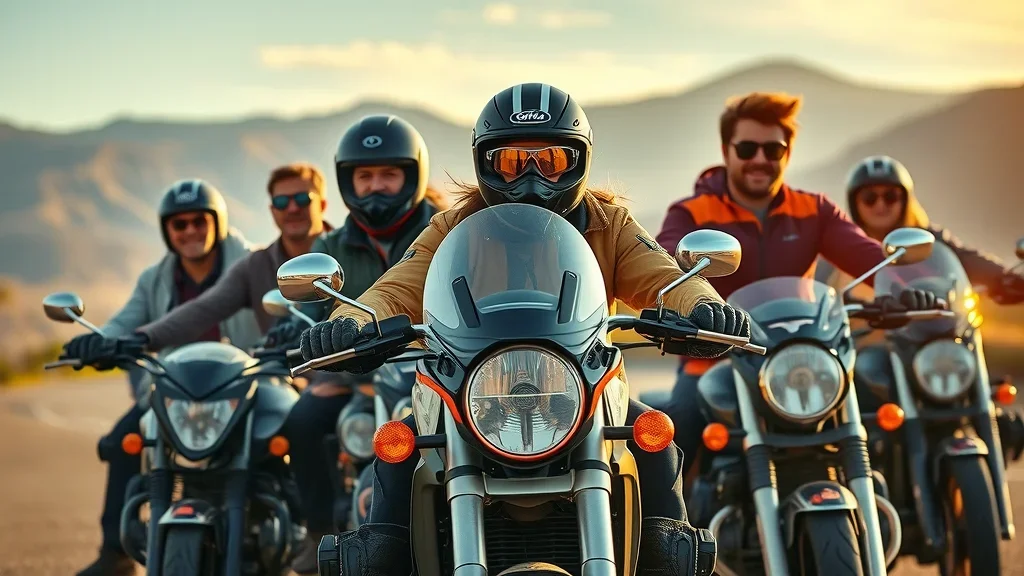

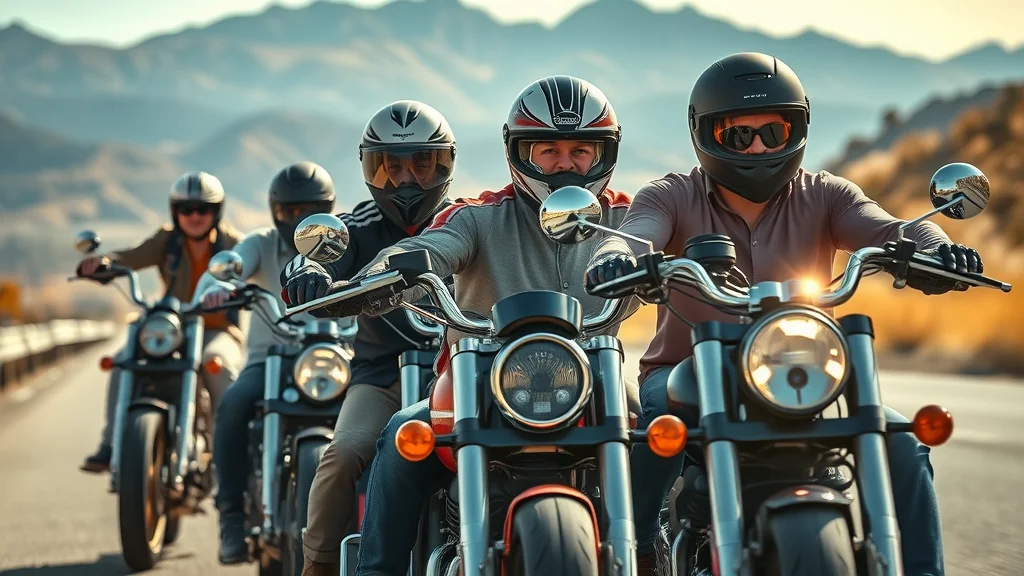
Write A Comment